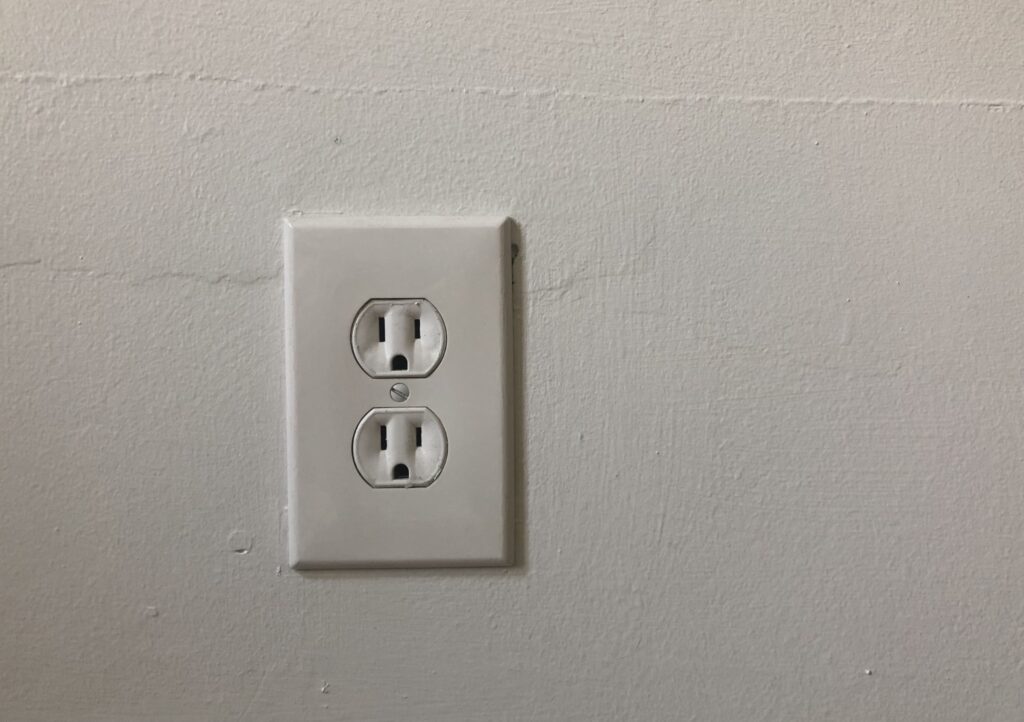
The Nashville Electric Service reported about 10,000 power outages during the thunderstorm on Tuesday night and Wednesday morning.
But there was another type of electrical disturbance during the storm that was not reported: a brownout.
Brownouts happen when voltage drops on the electrical system, translating to reduced power in homes and buildings. While blackouts interrupt all power, brownouts may result in dimmed lighting, disrupted Wi-Fi and malfunctioning appliances or electronics like TVs.
Brownouts, whether intentional or unintentional, tend to be caused by high demand or severe weather putting strain on the grid.
“Last night’s storms impacted transmission line operations that caused the voltage dips,” NES said in a statement. The power company did not provide any additional details but confirmed that the brownouts were not counted as power outages.
Sustained brownouts can damage electronics and appliances or cause fires, especially if followed by a power surge — an increase in voltage, often from utilities restoring power. To help protect electronics, experts recommend using “surge protection devices,” such as power strips with built-in surge protection. (Note that not all power strips have surge protection.)
In 2020, the National Electric Code added guidelines for requiring surge protection at all new residential dwellings and when replacing residential service equipment. Tennessee currently has the earlier 2017 National Electric Code as law, according to the National Fire Protection Association.

